
TomTheDP
-
Posts
1,071 -
Joined
-
Last visited
Content Type
Profiles
Forums
Articles
Posts posted by TomTheDP
-
-
I honestly think they just want to be more competitively priced against the new Canon C400 and the Sony lineup.
The RED Komodo appeal outside of VFX work, speciality rig, and crash cam is owner op and the C400 is very apealing for that market given it's price and what it offers. -
-
22 hours ago, PannySVHS said:
Exited to see more from you and to read about your adventures! @kye What lens did you use at the tea museum, the 12-35? I am wondering if @mercer has rebought a m2k again. Does @TomTheDPplay around with one or is the Alexa his only dual gain baby?
What I absolutely love about the og pocket and the micro are textures, motion and highlight rolloff. Just sayin.😊
I haven't been able to use my Micro yet as I have no cards for it. Really curious to test it out though. I used to own the original Pocket camera which I am fond of.
@kyeThose frames look excelent, though probably mostly to do with your compositions.
-
On 7/23/2024 at 1:47 PM, Danyyyel said:
Nikon GM saying, they intend to leverage some of RED tech into their cameras. My guess would be at least REDcode Raw and their LOG workflow. I was looking at a 12bit Nraw vs 14 bit NEF raw (Photo) and their was quite a difference in terms of detail in the shadows that would make it great a 14 bit REDraw codec in camera.
14bit just gives a lot more. The Z8 really has impressive dynamic range though similar to the RED raptor. Rate it at 3200 or 1600 ISO and you have Alexa like highlight latitude. Needs to be treated right in post. That is the thing with RED and ARRI is that they look pretty damn stellar straight out of camera with the lut applied.
-
-
What are ya'll using for media. I really want to make use of this camera. I sort of wish I had the OG though as love a built in screen(even though the built in screen sucked).
-
8 hours ago, zlfan said:
i totally agree with your analysis.
i think the bottleneck is the end user's monitor/tv/screen+projector now. if these can reach to the level of very high end production monitor or even better, like 12 to 14 bits, ips, oled, 120 inches, dr of 15 USEABLE stops, then a35 and raptor etc are really essential.
Thanks, I was just reading an article, can't remember where, but it was talking about even if you are mastering for HDR you may not be using all the DR it offers as it might not be the look you want. I tend to love really harsh contrast which doesn't really need HDR dynamic range. The thing is even movies like Arrival which are really soft and show off more dynamic range looked fine in regular REC709 or theatrical displays(which probably have a bit more dynamic range than traditional REC709 I imagine).
-
Anamorphic definately doesn't make practical sense as even with theatrical releases most movies are watched on a 16:9 TV if not a phone(Even fucking worse).
That said with the right sensor (maybe something even less wide than 4:3) you could shoot anamorphic and still get a 16:9 field of view. Anamorphic does give a very unque perspective that can't be replicated by shooting spherical. It is funny all the funky anamorphic characteristics were unitentional but are now sought after. Most of those characetistics like the weird bokeh weren't really utilized in the early days where shallow depth of field was never used.
That said who will really notice in the audience but that goes for any of the BS stuff we do as cinemotographers in general. -
For me when you get to post and you start messing with the files you realize why larger productions opt for an Alexa/RED.
We have options now like the Raptor that only weigh 4 pounds and can be powered off a small v mount battery. I would say the Raptor dynamic range is very similar to the S35 Alexas. What it delivers over them is that it holds the dynamic range in the shadows. At 800 iso the Raptor is much cleaner than an Alexa mini, but with much less highlight retention. You can boost it to 2000 iso maybe even 3200 iso and still get a nice image. The Raptor pictured below could be rigged even smaller (smaller monitor, smaller lens, no top handle). There isn't much you can do to get an Alexa smaller though. Even the mini is 8 pounds with just the body and viewfinder and is also a powerhog. The Alexa 35 is even larger.

I did a feature a couple weeks ago on the Raptor. As convenient as it is to use I think we would have been better off with an FX3. The crew was so small that any convenience is a big deal. This was our rig, I traded size for battery life.

All this to say I really do notice a difference shooting with Alexa/RED
But after putting the files to a REC709 colorspace and adding a lot of contrast which is what I usually end up doing, the results between that and a mirrorless can definately be hard to tell if it was shot resonably well. The truth is you can sometimes shoot things better with a mirrorless. It saves you time, which then gives you more time to fine tune the things that actually matter (lighting, composition, etc...)
-
I am not shooting blockbusters but I did use the FX6 on a feature earlier this year. After getting a chance to color it I think I will use it on most smaller productions going forward unless something else is requested.
I might prefer a C70 over the FX6, but I do like the FX6 form factor better and the fact that is has SDI and XLR. I definately prefer the FX6 to the FX3 because the internal codec is better and I prefer not to shoot RAW.
I do like having the FX30 for a dedicated gimbal cam, it is easier to rig than the FX6 if you are going for a very minimal setup.
Color was all done in Filmbox. -
Panasonic GH7
In: Cameras
-
I am not sure how to determine if something is "that important". Just depends on your wants/needs.
The difference between a RED Komodo and an Alexa can be seen when shooting in naturally lit situations that have a larger amount of difference between the midtones and highlights. The Alexa will just be able to keep richer skintones while also keeping more color in the highlights. Does that matter? I am not sure.
Also the reality is these cameras dynamic range is never that great. The Alexa looks noisy a stop under the native ISO. You get close to 6 stops in over exposure. That is a very harsh rating of the camera but it is true. That is about 5-6 stops to play with for a noise free image. Most cameras have much less than that in the highlights and usually have less pretty looking noise patterns and color when you underexpose.
That said I have certainly shot nice looking stuff with a GH2 and also an FX6 and also an Alexa. -
Panasonic GH7
In: Cameras
Maybe it could improve with firmware updates. As of now though its a cool implementation but it's not going to make me buy this camera. Just got a BM Micro though 😅
I might end up getting a GH6, but I was going to get one anyways. IBIS and internal prores, long battery life and tilting screen. Great for when I just want to get out of the car and grab a shot with no fuss. I'll probably get the LOGC upgrade for it. -
-
On 3/22/2024 at 5:54 AM, kye said:
It's partly a theoretical point, but I'm not actually sure this has to be the case. It's definitely not the case if you're comparing 709 8-bit vs LOG 8-bit, as LOG 8-bit can be so fragile that you can't even make nice images if you don't need to change WB or exposure at all.
The missing piece (and why I said "I'm not sure this has to be the case") is having the colour management to convert back from 709 into something where WB and Exposure adjustments will be made proportionally to the image (ie, like they were done in-camera). I've done a lot of work with the GX85, as I'm sure you've seen, and am still planning on doing more, and I got quite good results with the Gamma wheel when the image was in 709, and using the WB and Offset controls when I'd done a CST to a LOG space (in my case using DWG/DI in Resolve).
The reasons that I suggest this are that:
- when shooting 8-bit there is far more data in the saturation, so the impacts of quantisation are much less when grading the final image to have a normal level of saturation
- when shooting 8-bit the image SOOC is much closer to the final image in terms of the gamma curve, so you're not stretching those bits that much further apart than they already are, whereas 8-bit LOG needs a lot of additional contrast to be added
Of course, the ultimate is having 10-bit HLG, which has full 709 levels of saturation, has a gamma curve much closer to a 709-style output but still retains all the DR from the camera, and it has all the benefits of 10-bit. Once again, HLG isn't a standard so the conversion is a challenge, but I've found that interpreting it as either Rec2020 or Rec2100 works pretty well.
I'm currently programming my own grading tool in DCTL for Resolve and my main aim is to incorporate the tools that I'll need to grade 709 images, considering that the GX85 is now my main focus and it's the one that is hardest to get right with the existing tools. Once I have a working prototype I'll be filming my rec709 WB/exposure tests again (with skintones this time) and will update the other thread.
Yes I'm talking shooting in 8 bit 709. When I mentioned log I meant 10-12 bit. I was saying even though the master is 709 you can potentially make 10 bit log better looking than a baked in 709 profile. For instance the emotive color lut looks nicer than the 709 profiles out of most cameras straight off the card.
-
I'll answer it for you and I've used the A7s3 and FX6 but not the A7IV.
Both cameras have heavily processed shadows that ruin the image. The A7s3 and FX3 are superior because you can shoot RAW externally and bypass the processing. Dynamic range isn't useful when it's being ruined by noise reduction.
The fx30 has much less processing at the lower native ISOs and would be my choice over either of those cameras. Or get a Nikon Z8.
- Simon Young and SRV1981
-
 1
1
-
 1
1
-
I really think Redraw is coming or at least a varient of it. I get market segmentation but Nikon already displayed its willingness to put internal RAW in their cameras with no caveats. REDraw is coming to Nikon mirrorless.
I don't think this will kill sales for any of the "RED" cameras. They are made for a traditional on set workflow. No one is going to want to use a Z8 with HDMI on a large production unless its a crash cam.
Plus the RED Komodo is priced the same as the Nikon Z9 to begin with. It's not like its ARRI where they don't sell any cameras lower than 50,000 usd.
RED never had the capacity to put out a mirrorless body and compete with the likes of Nikon or Canon, now they don't need to.
We shall see soon enough. -
8 hours ago, Danyyyel said:
The big difference is that when Nikon Nraw came out, their was no real good workflow. Their is actually a big DR difference between Nikon h265 and Nraw, because Nikon has been very conservative in the Nlog which is quite contrasty. CINED today has a nice set of DR test of the different cameras. And as Nikon featured very low in the Synthetic DR test with Xyla chart and Imatest. It shines in the truer real life latitude test. In their the Z9 is the better than every Sony camera by at least half if not 1 stop better DR. +4 stop above and - 5 stop lower. Even better than the Venice 2!!! Which is at least 1 stop lower. I think Sony perhaps focused on speed of the sensor, 3 ms. Because their are other Sony cameras that look better.
The VV Red Raptor was half to a stop better and this test really show how the Alexa's are better, with at least 1,5 stop higher for the traditional Alexa and at least 3!!! for the Alexa 35.
True latitude tests are the best indicator. With firmware 3.0 the Z9/Z8 does peform incredibly well and like you said bests the Venice 2 which is crazy. The Venice 2 captures 16 bit linear RAW which I would imagine gives you a much beefier file to work with. That said 8.2k 12 bit RAW with that kind of latitude is more than enough for any application.
One of the biggest draws of the Z8/Z9 for me is the NRAW, Prores RAW, Prores, and H265 options all in camera. Pretty much can fit to any workflow in any NLE without needing to transcode.
If they actually put REDraw that would be awesome for possible compression options.
No Opengate square aspect ratio options for anamorphic but hey you can't get everything. I appreciate Nikon's new move of not holding back. Feels like Lumix until recently where they seem to put out the same thing over and over again. -
1 hour ago, eatstoomuchjam said:
Keep in mind from context (quoted below) that the OP is potentially not talking about the actual fx3 and more likely is talking about the zve1 and is comparing it to the fx3/a7s3 due to similar sensor. The zve1 doesn't shoot raw. Also, if it's worth mention that recording raw on any of these cameras requires an external recorder which will add $300+ to the price.
Also also, that the OP doesn't currently have a video camera or experience (so raw might be questionable choice) 😃
Makes sense. I think the main differences between these Sony cameras are rolling shutter and the ability or lack of ability to record RAW if that is a feature you want to use. Dynamic range is all very similiar in latitude tests and imatest measurements.
My pick for Sony is the FX30 as it is the cheapest and has a damn good image and a lot of cheap 3rd party lenses for it too.- SRV1981 and eatstoomuchjam
-
 2
2
-
If you expose and white balance on point most 8 bit cameras will look nice in REC709 profiles. You have a bit more range to play with if you are shooting log on a higher end sensor. However you will be compressing everything down into that colorspace and dynamic range limitation regardless(Unless you are mastering for HDR displays).
-
2 hours ago, ghostwind said:
Dunno what tests those were, but I've shot in all formats on my Z9s, and N-RAW is definitely better than H265. More latitude, less/no NR, less/no sharpening, etc. Not to mention, of course, the freedom to change WB and exposure in Resolve in post.
2 hours ago, ac6000cw said:I agree - Sony will be doing image processing before the H.265 encoding (e.g. noise suppression, de-Bayering, sharpening etc.), whereas you might expect less of that happening with N-RAW - isn't it meant to be raw sensor data, warts and all?
H.265 is a sophisticated codec, so I'm not that surprised 4:2:2 10-bit 8k video at 500Mbps from the A1 looks really good, especially on a static image like Andrew used in the N-RAW vs H.265 vs CDNG comparison article.
https://www.eoshd.com/news/is-n-raw-real-raw-nikon-z9-under-the-spotlight-at-eoshd/
Generelly when greatly underexposed RAW looks better than H265. You usually get weird compression artifacts and blotchy looking texture with more compressed codecs.
Noise Reduction can reduce noise but nice texture is usually a sign of a better sensor with more dynamic range.
That said there are other reasons to shooting RAW like color information which would be the main draw for me. The Z8/Z9 also have Prores which looks quite nice. -
With FX3 you have the optinon to shoot RAW which will give you a bit more dynamic range. Testing shows the FX3 and Sony A1 have about 1 stop more of usable dynamic range which can be seen in latitude tests.
Outside of that the FX3, A1, and A7IV all perform very similiar. The A1 has the best internal codec, least processing. FX3 has too much noise reduction but it can be avoided by shooting raw externally.
-
Not a scientific test either but maybe more informative than the first one haha.
I think each camera's processing is just as important as the codec itself. That is what RAW theoretically gets around, the processing. Though with BRAW it's not really getting around that as much as it isn't a true RAW format. -
10 hours ago, kye said:
Interesting video.
First things first - could that guy be any cooler? I'm pretty sure there isn't a single element in that video that isn't an automatic 10/10 for hipster chic. Wow. Talk about those people whose whole life is their own art project!
Secondly, his commentary is all over the place.
I see the differences he's talking about in the footage, plus a great many more that he probably sees but didn't mention - there are hue shifts and gamma shifts and subtractive colour operations and all sorts of wonderful things that are different between the two cameras.
However, he points to differences and says "see the difference with 10-bit?" whereas I think the differences are likely to be a mix of:
- FX6 sensor read-out bit-depth
- FX6 image processing
- Sony RAW-LOG profile conversion (gamma, gamut, and bit-depth)
- FX6 compression
I built a DCTL plugin for Resolve that reduces the bit-depth of the image, and to my surprise, you can reduce the bit-depth of rec 709 footage to 6-bits (and some shots to 5bit!) before there are visible changes.
I'm not saying that there aren't any differences between 16-bit and 10-bit, because there are (however subtle they might be) but the things he was pointing at were definitely NOT all bit-depth related, and I'd suggest that most of them were processing/compression related actually.
If you want to understand what the differences are with one parameter, you can't change dozens of them at once and then just declare that all differences are due to the one variable you want to talk about. You could take his whole video and just replace the phrase "10-bit" with "compression" and it would make just as much sense, despite having exactly the same examples.
So yeah, it's a great video to show an FX6 LOG vs Komodo X RAW comparison, but it isn't an isolated 10-bit vs 16-bit comparison.
That is LA for you haha.
Yeah I think you are right. Too many variables in that kind of test.
This might be a better comparison. Same camera and Prores 422 HQ has less compression than what the FX6 is doing. I also imagine the readout is the same in prores as it is in RAW. Can't confirm that though.

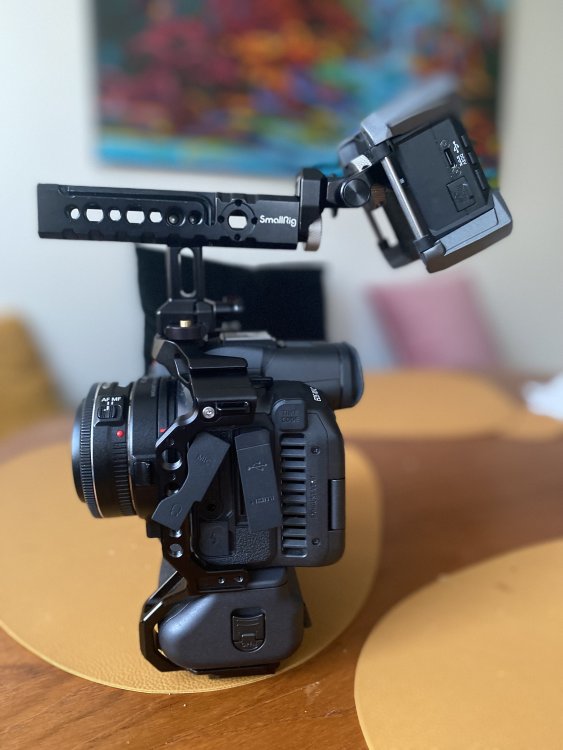
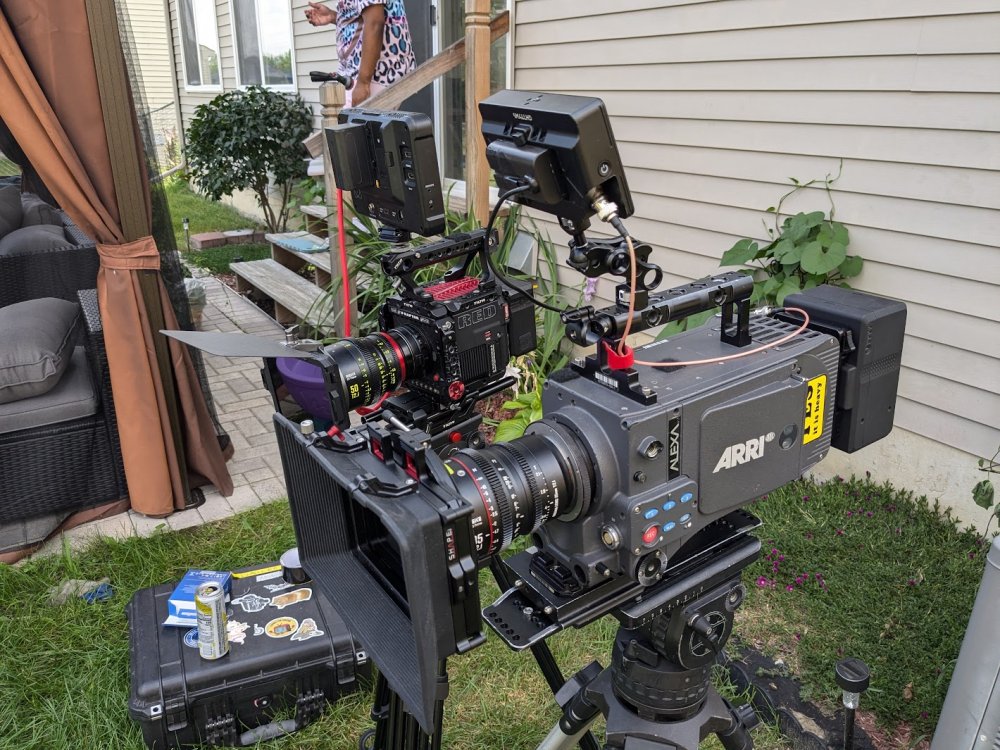
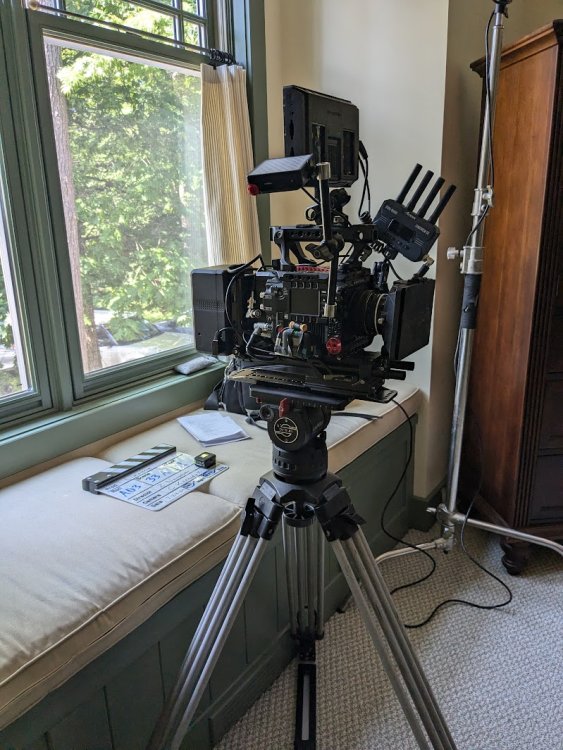
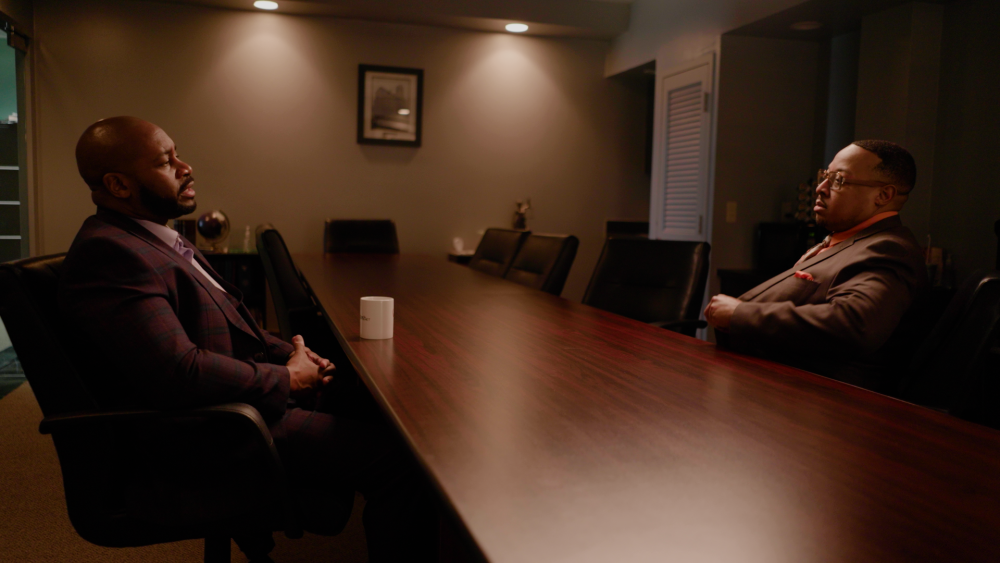
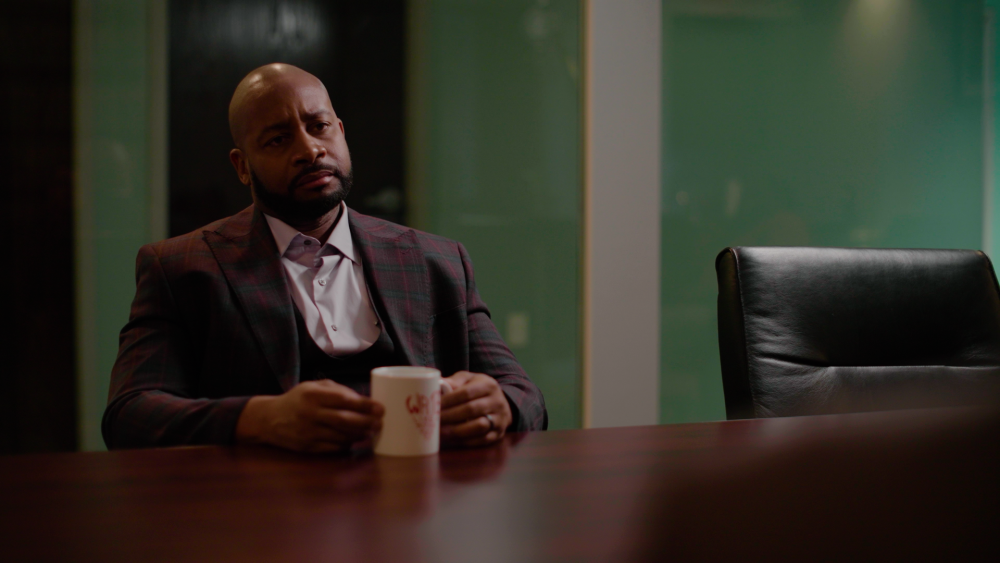
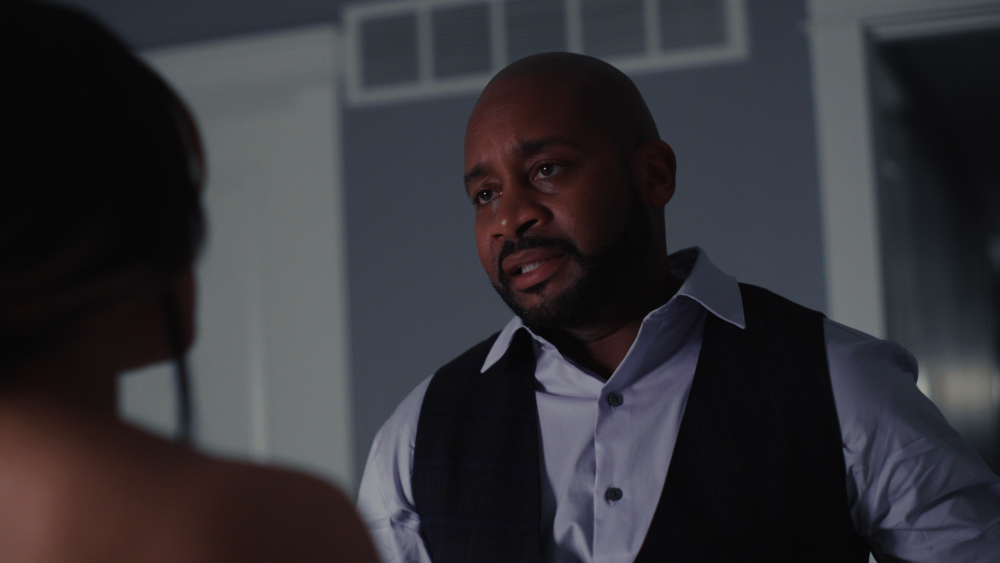
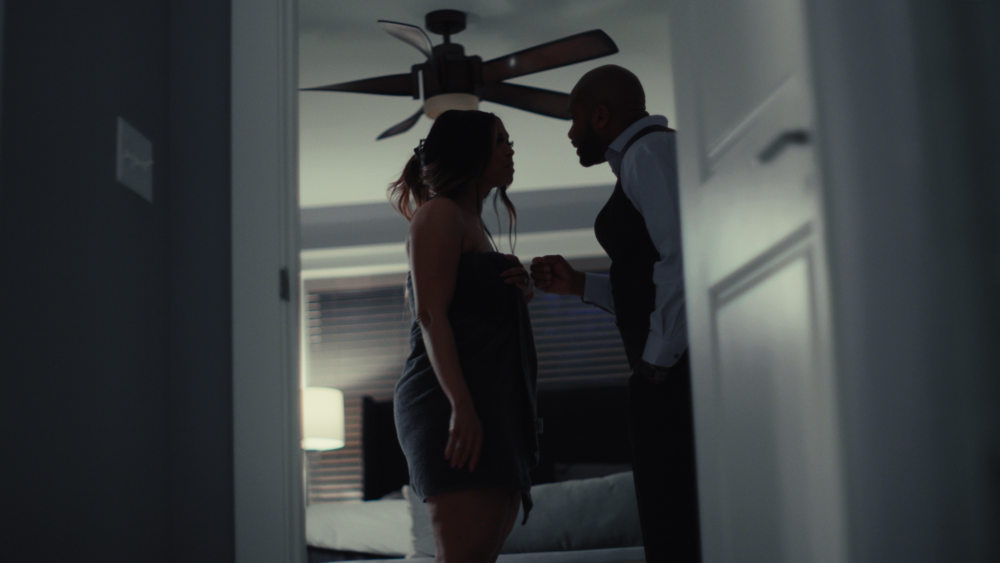
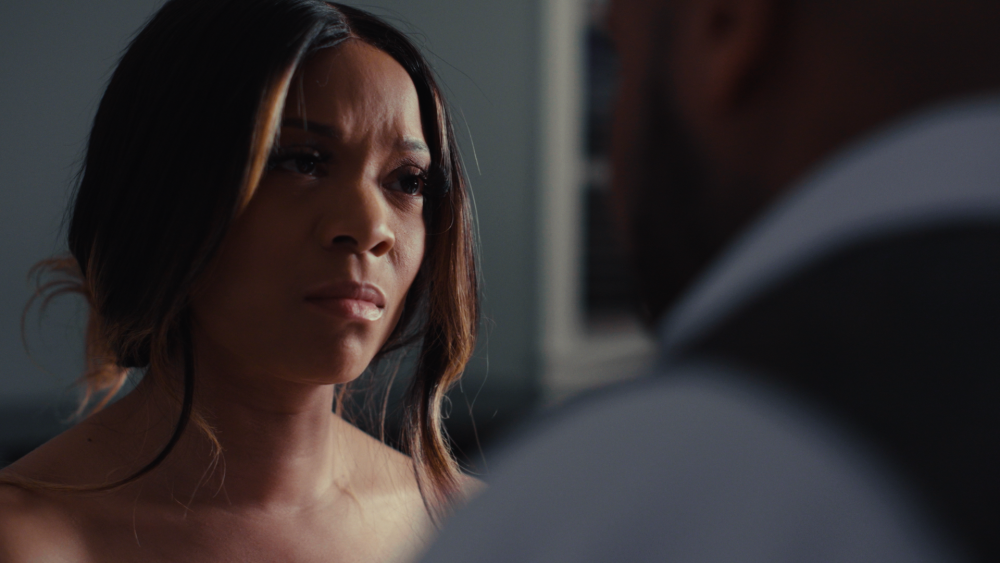
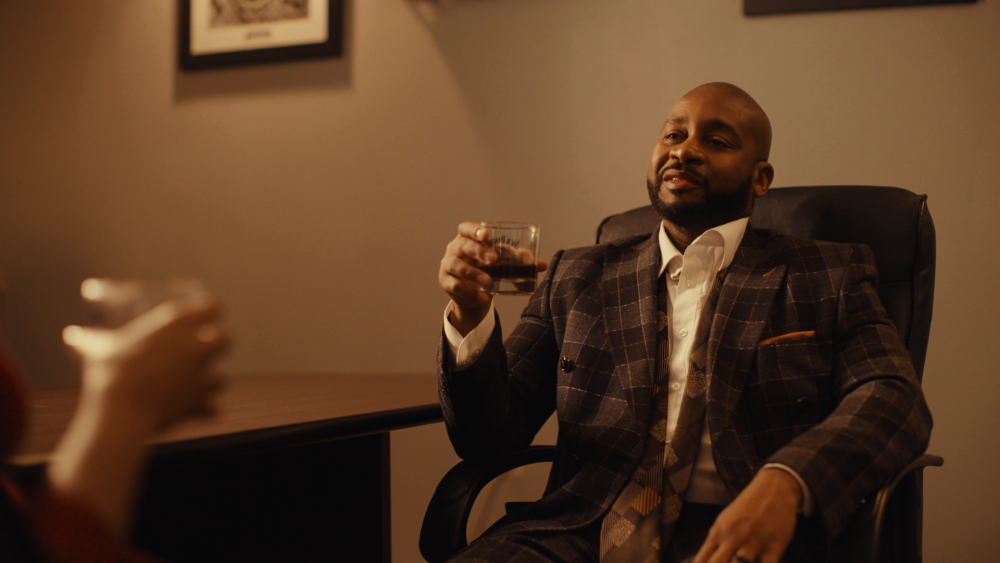
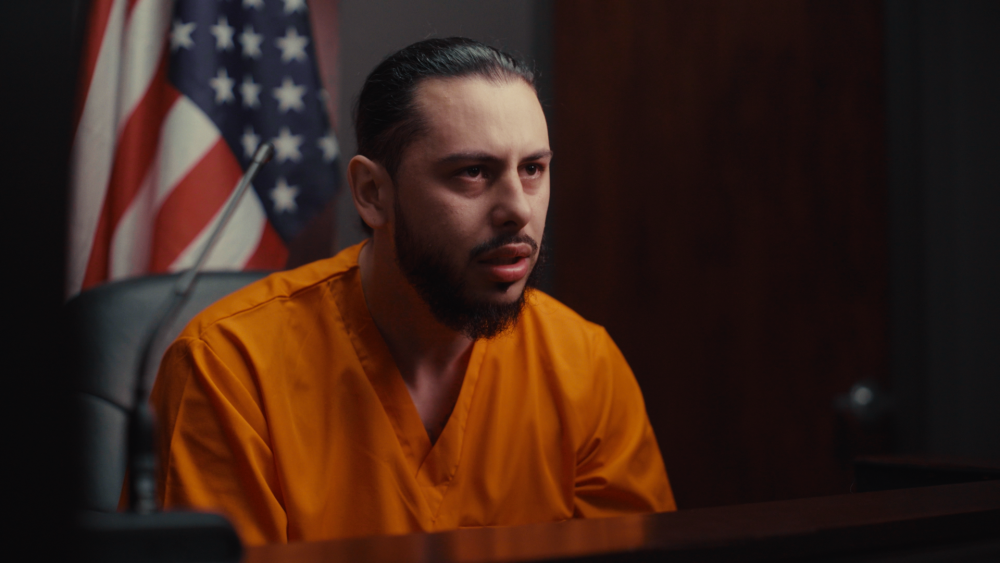
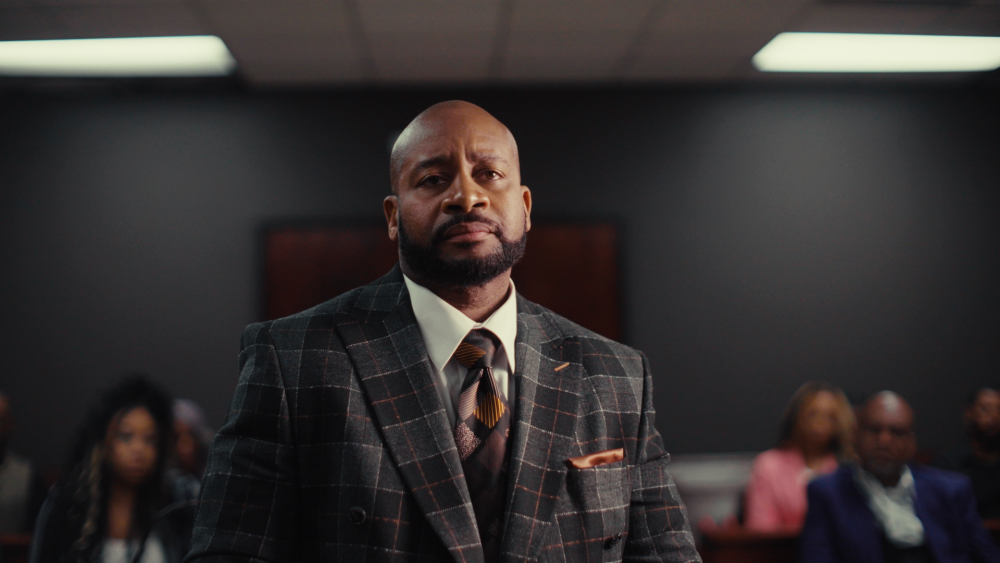
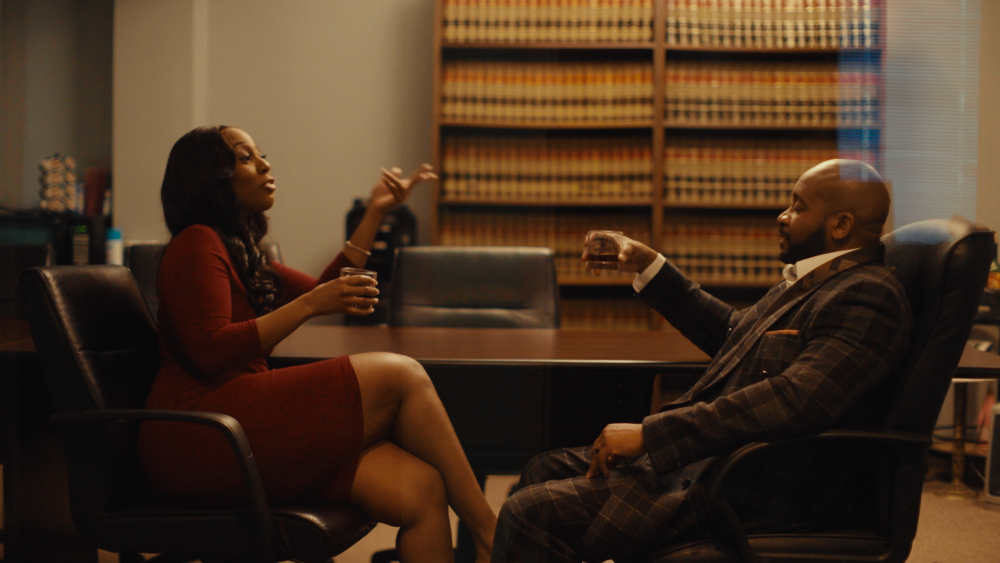
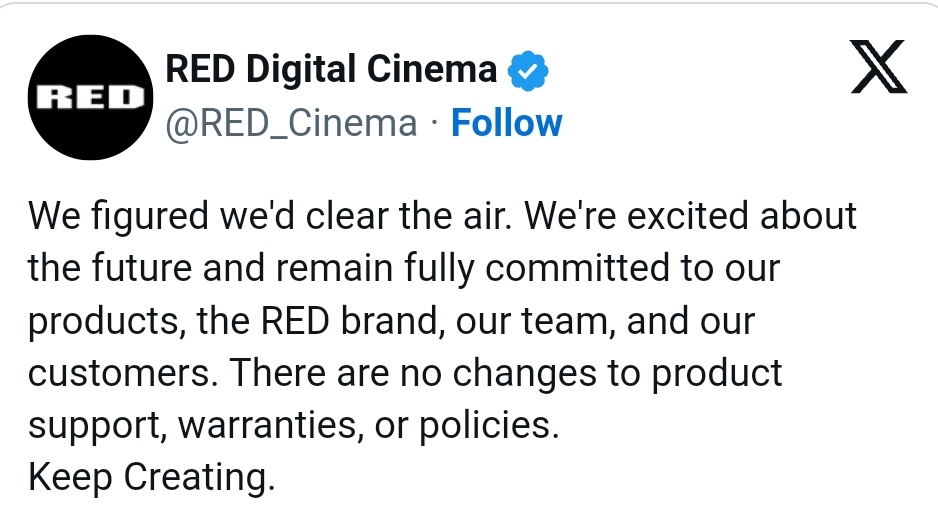
ARRI ALEXA 265 - new 65mm camera - size of Alexa 35 Mini!
In: Cameras
Posted
The new FF 12K measures 13.5 stops of DR as SNR 2 but latitude tests show it performs worse than the Alexa LF.
Now the URSA 17K should have better dynamic range than the 12k FF model. The Alexa 65's dynamic range has never been measured, and I imagine it is more than a stop better than the LF.
The 17k is 25k to buy where as the new 265 is rent only.